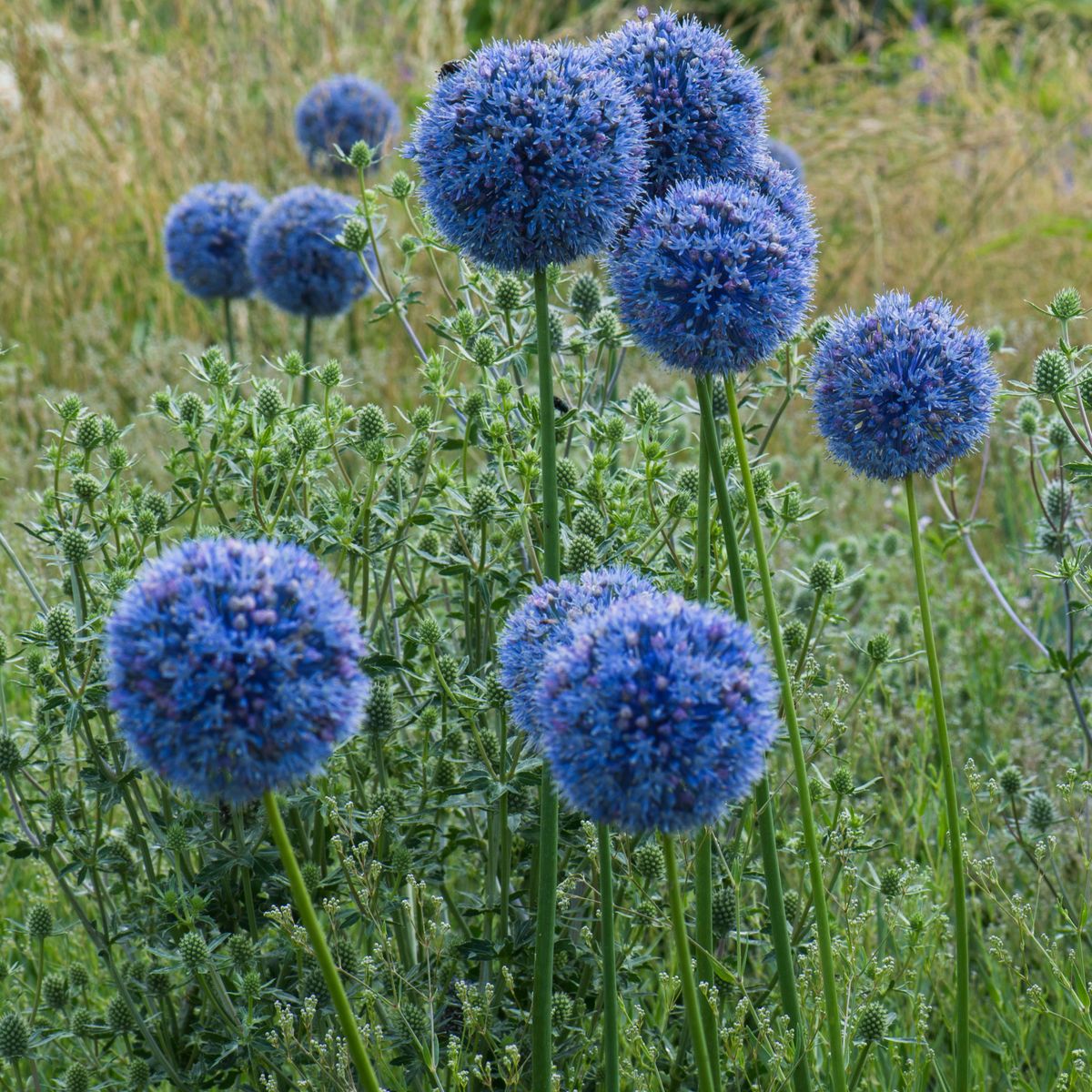LOBELIA
(Named for M. L’Obel, botanist and physician of King James I)
Clear blues are found among the annual Lobelias. The varieties of the Edging Lobelia, Lobelia erinus, the common species, are of two sorts-those which produce compact plants four inches tall, and trailing forms, which hang down for two or three feet over the sides of a pot. The flowers are tiny, deep or pale, white and blue, and are produced in great abundance. The Lobelia tenuior is an Australian species rather erect in growth, 12 inches to 18 inches tall. They also have deep blue flowers with white centers. The foliage of the deep blue sorts is also dark and bluish in color.
Where to Plant. The dwarf sorts provide one of the best blue annuals for edging beds of other flowers, but care must be exercised to select good varieties from reliable seedsmen, as the commoner forms are trailing. The trailing sorts are attractive for hanging baskets, vases and window boxes.
GENERAL. The Lobelia, though moderately successful, in most parts of the United States, is at its best in the cooler regions; where the Summers are not too hot. Sow the seed in January in the greenhouse in order that the plants may be in bloom when set in the open soil. Nevertheless, the seed may be sown as late as March; it is very fine and should be carefully handled. Transplant the young plants when very small. In the garden the plants should stand 6 to 8 inches apart. Lobelias are successfully raised from slips, which, if taken in the Fall, will give flowering plants for the Winter window garden.
Information on 50+ annual flowers











